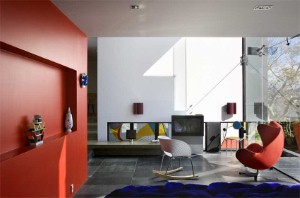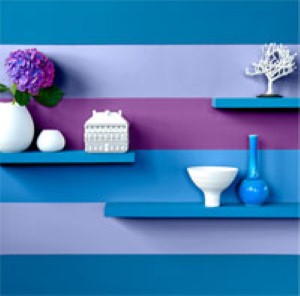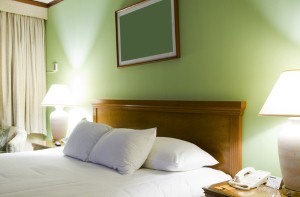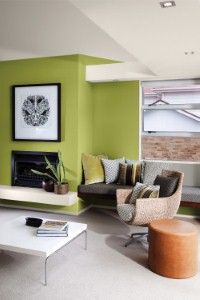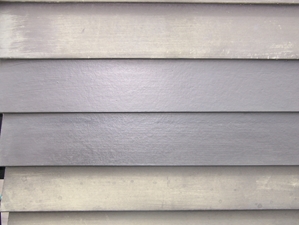Picking paint colours might not have been at the top of your list when you took up your job, but for many people in property manager, motel owner or unit manager-type roles, it is part-and-parcel of the work you do.
If you want an interior design scheme that will never go out of fashion, you can head into your nearest Resene for a chat with the experts in store, or you can have a go with using one of these hues.
Neutrals
This one might seem obvious, but cream really never will age. Neither will your usual whites, beiges and 'off-white' colours. If you’re unsure of cream, opt for a lighter green edged variant like Resene Thorndon Cream.
If you look at the Resene Top 20 most popular paint colours, you’ll notice a good proportion of them fit into this category.
Neutrals will stay looking good on the walls while you occasionally update your decorative items in a room and they will complement anything you put with them.
Reds
The colour of love, summer berries and truly great wines, reds will never go out of season.
While a full room of red might be overpowering, reds can be used to liven up any space and complement plenty of other colours, working especially well with neutrals and natural browns. Try Resene Pohutukawa for an ever popular red.
Black and white
If you use black and white together well, you can create an evergreen interior design style. Think Resene Nero meets Resene Alabaster.
While chevrons and checkers in these tones will take you straight to the 80s, this simple but bold contrast can work together for a long-lasting look.
Absolutely any colour can be thrown into the mix with black and white, whether it's lime green (a current trend), or luscious plum such as Resene Aubergine (for an elegant touch), you’ll be able to play up this scheme with small touches whenever you feel like a change.
… Continue reading →

